Victorian Women's Fashion: The Definitive Guide for Travellers
Article about Fashion including fabric and colour from Queen Victoria's. A period of personalities and progress change via the industrial revolution is examined for the senior couple and solo traveller seeking to learn more on a small group tour.
14 Sep 21 · 5 mins read

Victorian Women’s Fashion
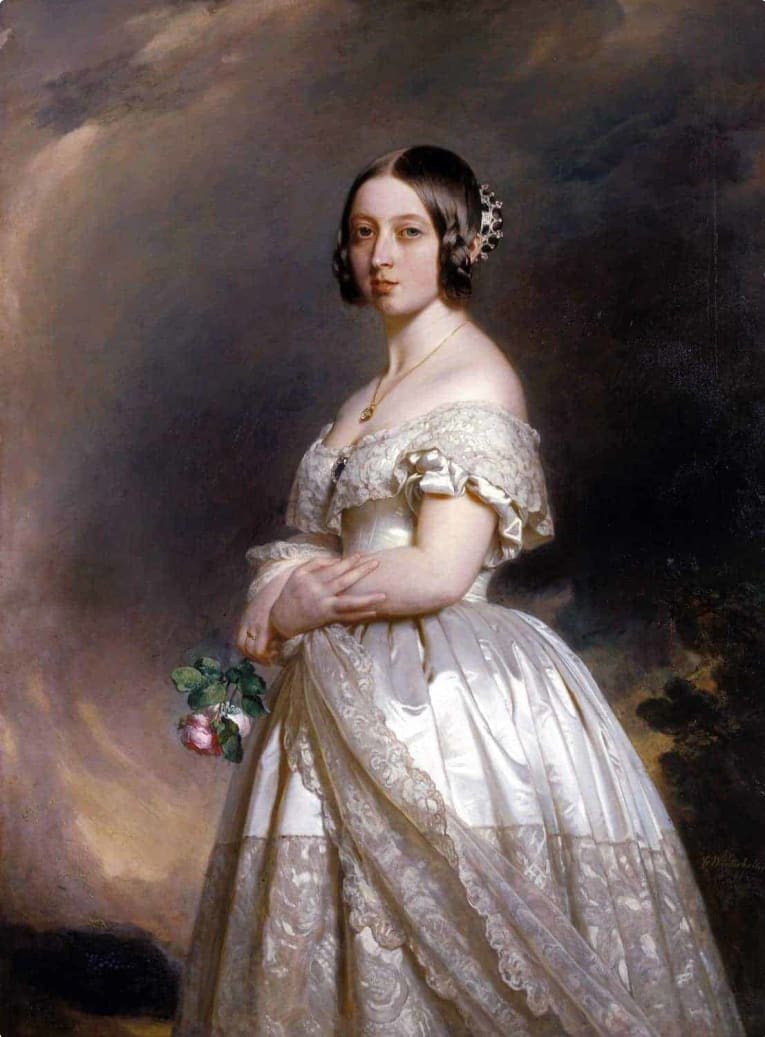
In British history, the Victorian era refers to the period of Queen Victoria‘s long reign, from 1837 until her death in 1901. The era was marked by the technological advancements, rapid urbanisation, and population boom of the Industrial Revolution, as well as the peak of the British Empire, which by the 1880s had reached the Far East.
This global domination brought wealth to industrialists and merchants, and expanded the middle class, giving them power and confidence that for centuries was seen to belong only to the aristocracy. The new British middle class displayed their social standing and fortune through many ways–but especially through the clothes they wore.
According to Kathryn Hughes in “The middle classes: etiquette and upward mobility“, since women, unlike men, could not draw social status from their jobs, and doing housework was discouraged (middle class families were expected to have a maid or several “specialised servants”), the middle-class wife was to function as “a walking billboard for her husband’s material success.”
This article will focus on the changes in female fashion during the Victorian era.
If you want to learn more about Britain and its history, consider joining Odyssey Traveller’s tour of Queen Victoria’s Great Britain. This 21-day small group program provides participants with talks and short lectures from a group of guides with expertise on Victorian Britain. The tour commences in London and concludes in Glasgow.
Pre-Victorian Era Fashion: The Regency Era
Regency fashion, which was the popular fashion trend before Queen Victoria’s reign, is very familiar to modern readers. Think Jane Austen. (Click here for an article about the author.)
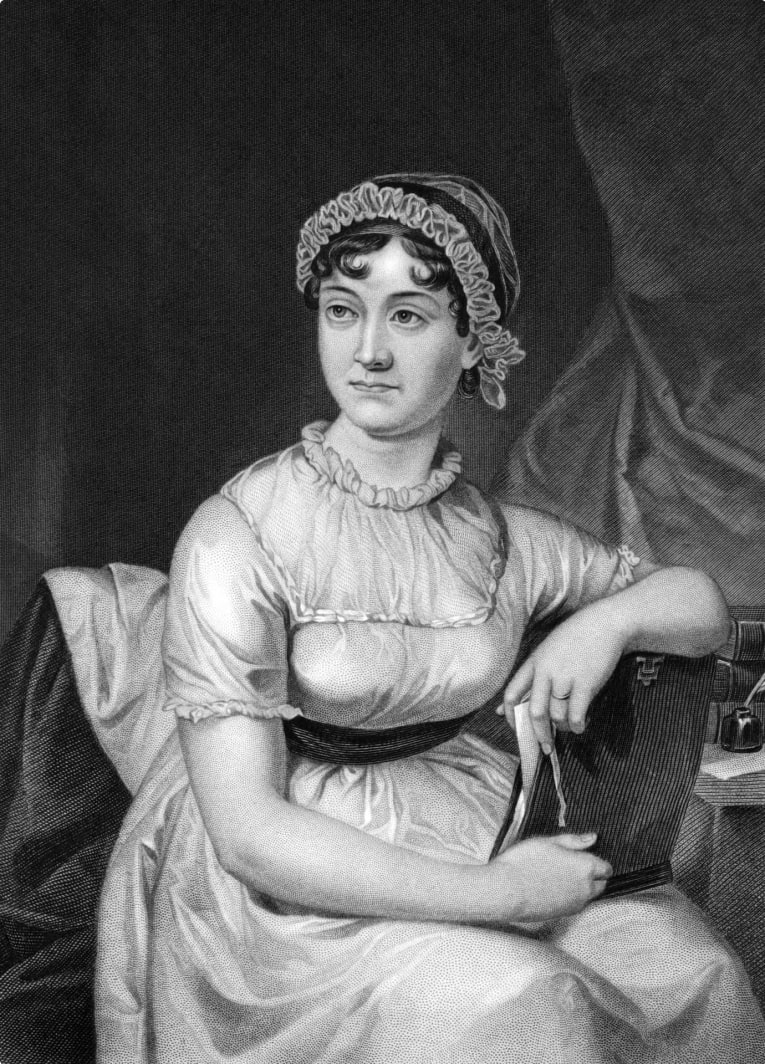
“Regent” is a term used to describe a person appointed to govern because the monarch is a minor, absent, or incapacitated. The years 1795 to 1837 was called the “Regency era” because it included the period when George III was deemed unfit to rule due to mental illness, and his son, George IV (Queen Victoria’s uncle) had to rule in his stead as Prince Regent.
Though England and France at this time were fierce political rivals (and constantly at war with each other), French fashion influenced the English. During France’s revolutionary period, women cast aside their corsets and returned to the Neoclassical simplicity and freedom (and to some, immodesty) of the thin, nearly-transparent Grecian gown–a stark contrast to the gilded style of Louis XVI.
This high-waisted gown was modified to the silhouette we now call the Empire-style gown (named after the “First Empire” during the reign of Napoleon Bonaparte), which dominated the style of the Regency period.

Around 1811, the English turned away from the Greeks and looked to the Middle Ages for inspiration. This medieval-inspired “Gothic” style added shape to the bodice, and ruffles and padding (recalling the 16th century Elizabethan age) to the skirt. Gown silhouettes moved away from the Empire style as the waistline dropped steadily from below the breasts to the normal waistline.
Victorian Era Fashion: 1840s to 1850s
By the early Victorian era, a tightly fitted bodice and a full skirt emphasising a narrow waist became the dominant silhouette. The corset, cast aside by the French in the age of revolution, returned once again to shape (and restrict) the female form.
According to Jayne Shrimpton’s Victorian Fashion, published in 2016, “The restrained fashions of this period accorded with the prevailing ideal of womanhood”–that is, the ideal woman was demure, meek, and subservient (pp. 9-10).

A new technique called “gauging” allowed more fabric to be added to the bodice waistline. The bell-shaped skirt, its domed shape retained by several layers of stiffened under-petticoats followed by the invention of a hooped support called the cage crinoline, would grow more voluminous. A shawl was added to the ensemble for elegance and modesty, and the bonnet evolved to a shape that “concealed the wearer’s face and limited her vision” (p. 11).
1860s to 1870s: Big Skirts and the Bustle
The cage crinoline was initially made of cotton and linen and was cumbersome and heavy. In the late 1850s, the steel-hooped cage was invented, a lighter, cheaper alternative, which exploded in popularity when it became mass-produced. This coincided with the invention of synthetic dyes and the sewing machine, bringing production costs down and introducing wilder colours to a British woman’s wardrobe.

By the 1860s, women’s skirts had grown to become as wide as five to six yards in circumference (Shrimpton, 2016, p. 14), embellished with ribbons, lace, and braided silk. This was middle-class wealth on full display, the sheer volume of fabric a sort of signal to society that the wearer could only be dressed with the help of servants.
Women could either have their dresses made in an expensive salon or (for those with modest means) buy a ready-made bodice and make the skirt themselves using similar fabric.
Around 1865, the skirt silhouette began to change, the front losing its volume and growing flatter, and the back becoming more emphasised. The over-skirt or the double skirt was introduced, supported by a bustle, a pad worn with a buckled waistband. Trains, an extension of this back drapery, came into fashion in the late 1870s, but quickly grew out of style as it was not practical to walk around the city dragging fabric.
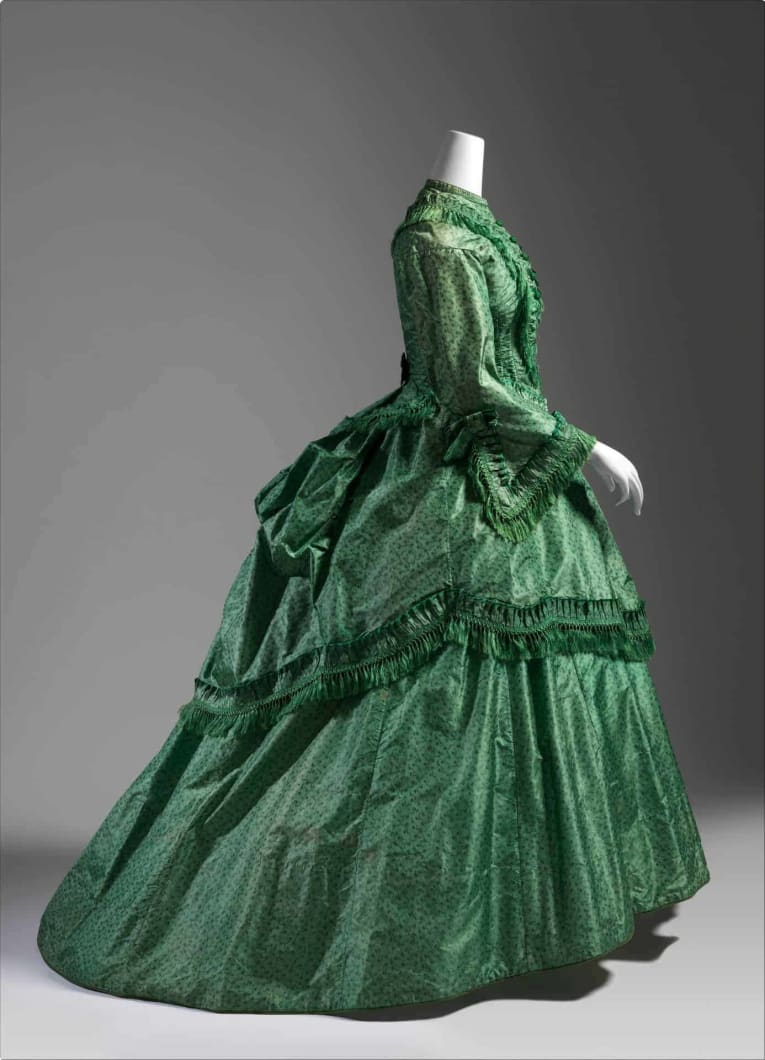
1880s to 1890s: Bodice as Armour
Like the cage crinoline, the bustle grew to ridiculous lengths, becoming more pronounced and projecting “like a shelf behind the waist” (Shrimpton, 2016, p. 25). This style fell out of favour and was on its way out by the 1890s.
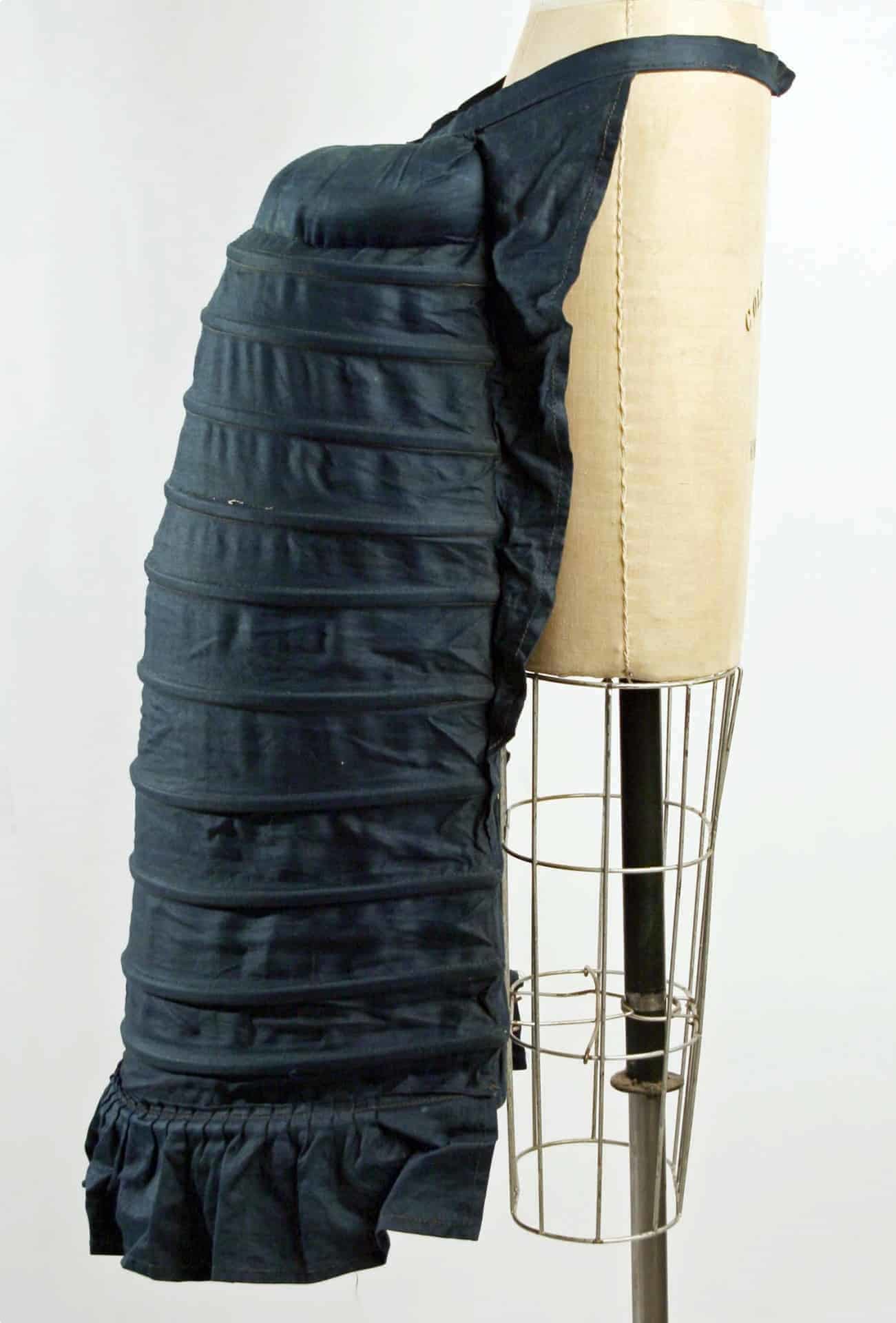
The tight-fitting cuirasse bodice was introduced in the late 1870s. The name comes from cuirass, a tight-fitting body armour, as the bodice gave the wearer a tailored, military silhouette.
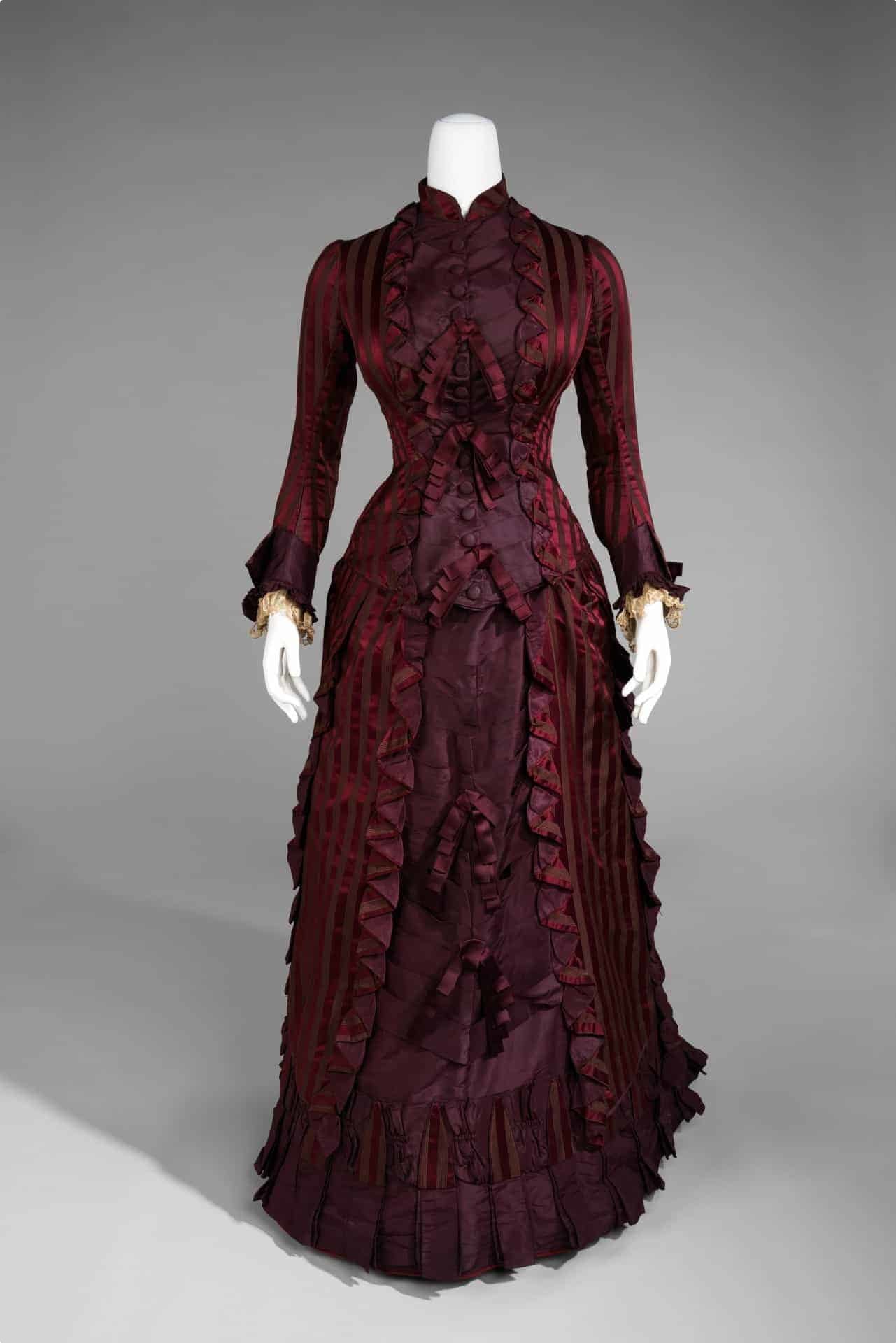
The “leg of mutton” sleeve would come into a fashion to define the 1890s, named as such because of its shape: tight at the lower arm and puffed out at the upper arm. Wide-brimmed hats would slowly replace the “sedate bonnet” (Shrimpton, 2016, p. 25).
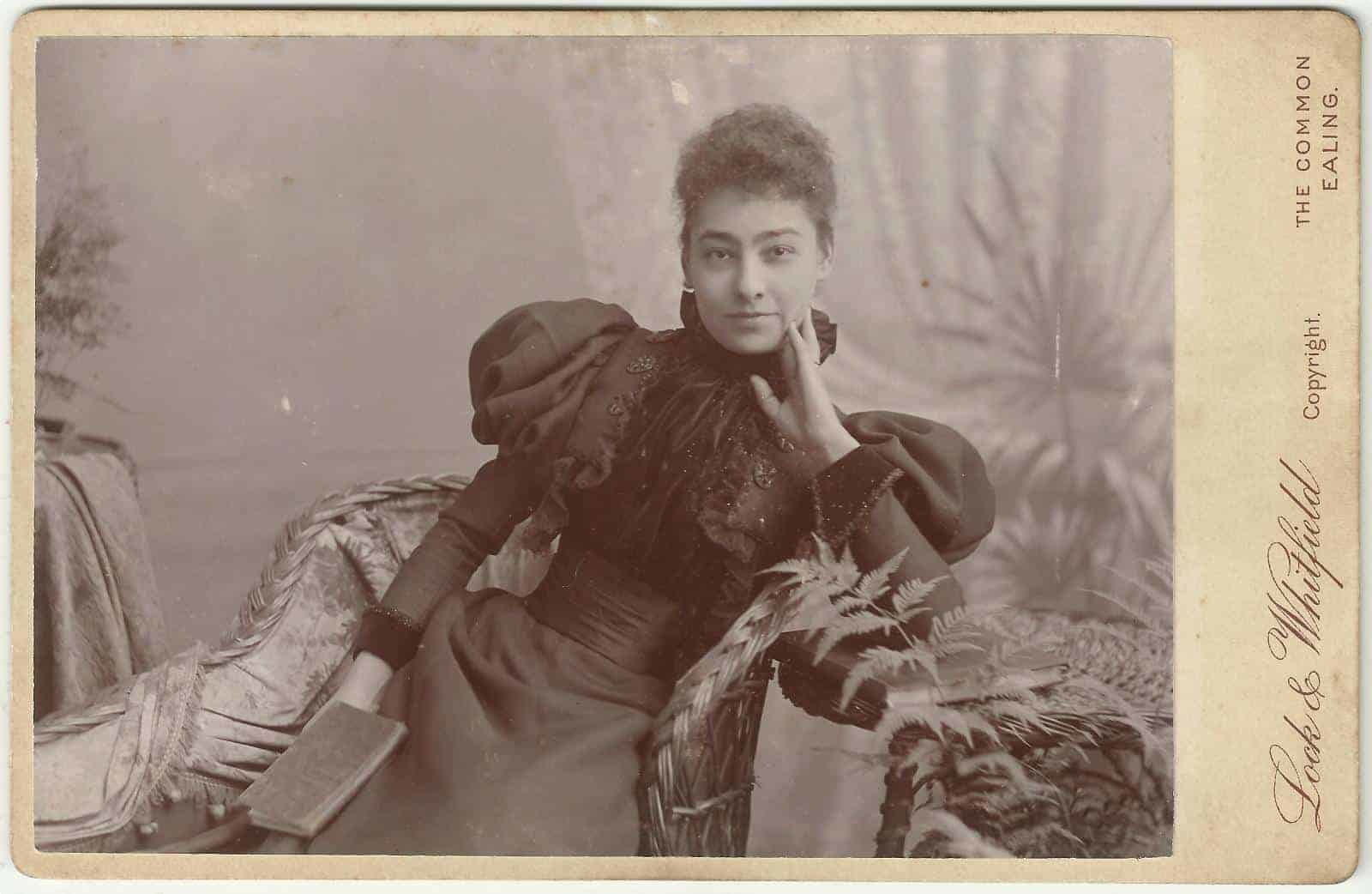
Skirts were still worn in full-length (up to the ankles), but women also started adapting masculine styles (e.g. shirt collar, bow tie or tie, tailored jacket) for daywear. This change in fashion reflected societal changes in British life: in 1883, married women acquired the right to obtain and retain any property deemed separate from their husband’s, and in 1897 the women’s suffrage campaign gained momentum.
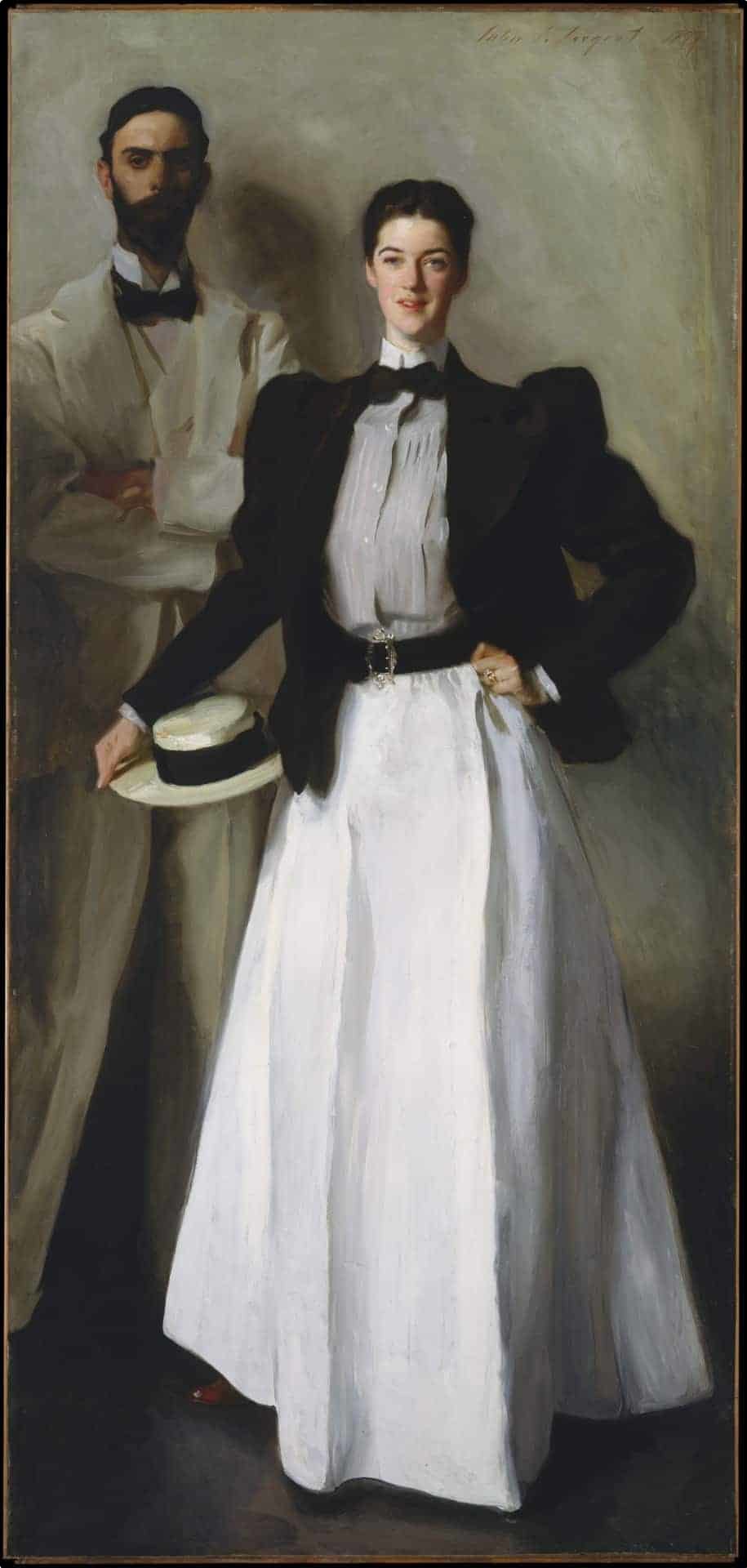
End of an Era
After a reign spanning more than six decades, Queen Victoria died at the age of 81 in 1901, and British fashion entered the Edwardian era under the empire’s new monarch.
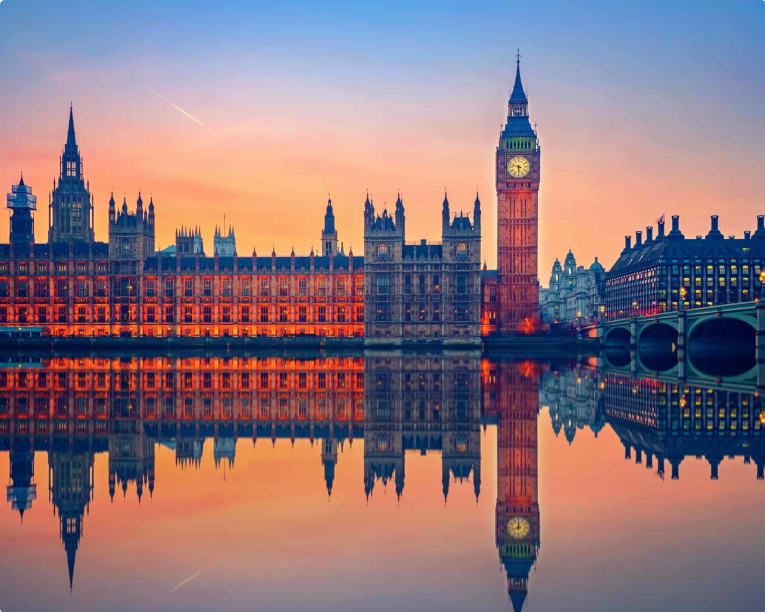
If you want to learn more about the Victorian era, join Odyssey Traveller’s small-group tour of Queen Victoria’s Great Britain. This is an immersive 21-day educational tour especially designed for the mature or senior traveller.
If you prefer a shorter trip in a classroom setting, consider signing up for the seven-day Victorian Britain Summer School in Hobart.
Originally published December 29, 2018.
Updated on October 14, 2019 & September 23rd 2021.
Related Tours
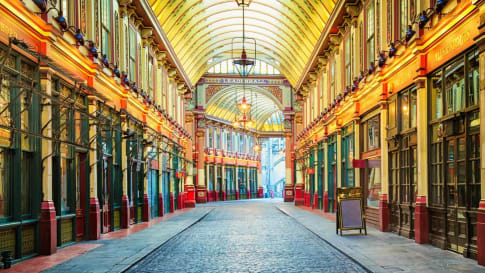
21 days
Sep, JunQueen Victoria's Great Britain: a small group tour
Visiting England, Scotland
A small group tour of England that explores the history of Victorian Britain. This escorted tour spends time knowledgeable local guides with travellers in key destinations in England and Scotland that shaped the British isles in this period including a collection of UNESCO world heritage locations.
From A$15,880 AUD
View Tour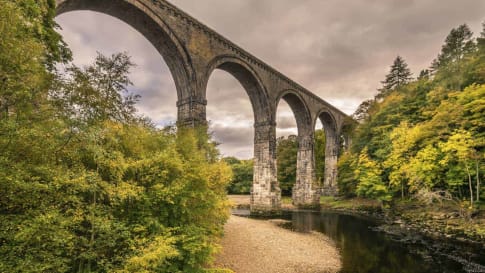
23 days
Oct, Apr, SepCanals and Railways in the Industrial Revolution Tour | Tours for Seniors in Britain
Visiting England, Scotland
A small group tour of Wales, Scotland & England that traces the history of the journey that is the Industrial revolution. Knowledgeable local guides and your tour leader share their history with you on this escorted tour including Glasgow, London, New Lanark & Manchester, Liverpool and the Lake district.
From A$17,860 AUD
View Tour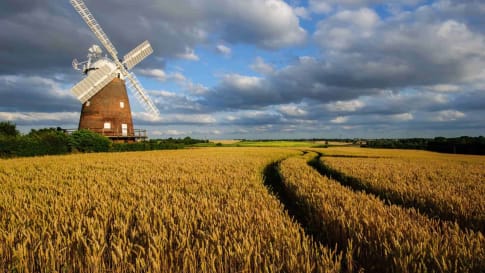
23 days
AprAgrarian and Industrial Britain | Small Group Tour for Mature Travellers
Visiting England, Wales
A small group tour of England that will explore the history of Agrarian and Industrial period. An escorted tour with a tour director and knowledgeable local guides take you on a 22 day trip to key places such as London, Bristol, Oxford & York, where the history was made.
From A$17,275 AUD
View Tour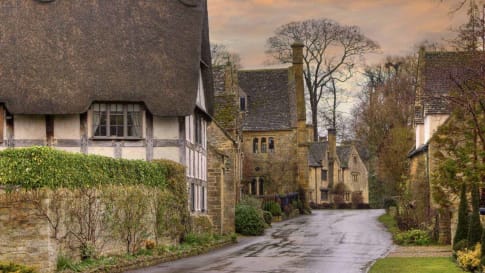
19 days
Jun, SepEngland’s villages small group history tours for mature travellers
Visiting England
Guided tour of the villages of England. The tour leader manages local guides to share their knowledge to give an authentic experience across England. This trip includes the UNESCO World heritage site of Avebury as well as villages in Cornwall, Devon, Dartmoor the border of Wales and the Cotswolds.
From A$16,995 AUD
View Tour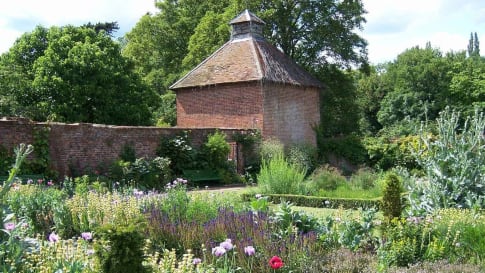
16 days
JunBritish Gardens Small Group Tour including Chatsworth RHS show
Visiting England, Scotland
From A$16,895 AUD
View Tour
From A$13,915 AUD
View Tour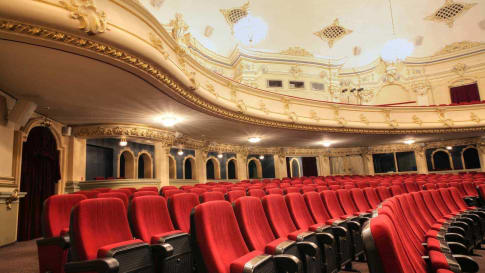
9 days
AugGilbert and Sullivan Festival Small Group tour
Visiting England
A 9 day tour with a tour director and local guide explore the Victorian music of Gilbert and Sullivan. We visit on this journey, Manchester, Harrogate, Oxford & London, attending the Gilbert & Sullivan festival and places of historic interest.
From A$9,350 AUD
View Tour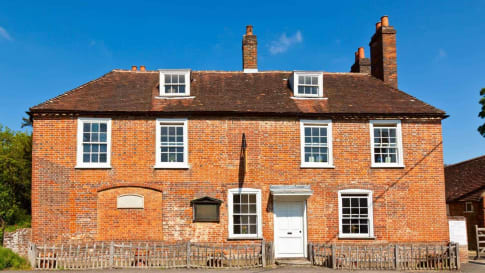
22 days
AugDiscovering the art and literature of England: Jane Austen, Shakespeare, and more
Visiting England
Stratford upon Avon, Shakespeares birthplace and Anne Hathaway's cottage as well as the Lake district a UNESCO World site and Dicken's London are part of guided tour for a small group tour of like minded people learning about the art and literature of England. Your tour leader and local guides share day tour itineraries to create a unique travel experience.
From A$17,765 AUD
View TourRelated Articles

London's Victorian Architecture: The Definitive Guide for Travellers
Small group educational tours for senior couples and mature solo travelers with History tours including those examining the Industrial revolution, Victorian Britain the Gilbert and Sullivan era via the D'Oyle Carte family and the cities such as Glasgow, Liverpool and Manchester.

Markets of Victorian London
Article about the markets of London as part of a small group educational tour of England, Scotland and Wales as well as Europe. Collection of Articles about Victoria and her England including the industrial revolution for senior couples and mature solo travelers.
Personalities from Queen Victoria's Britain
Article for senior couples and mature solo travellers exploring Queen Victoria's Empire including Britain and the personalities. Supports small group educational tour about the monarch and the industrial revolution.

Personalities from Queen Victoria’s Britain
Article for senior couples and mature solo travellers exploring Queen Victoria's Empire including Britain and the personalities. Supports small group educational tour about the monarch and the industrial revolution.

Queen Victoria's Britain part 2: The Definitive Guide for Travellers
Queen Victoria’s Britain (Part 2 of 2) This two-part article on Queen Victoria’s Britain was prepared by one of our Odyssey Program Leaders, Mal Bock. She will be leading this small group tour especially designed for…
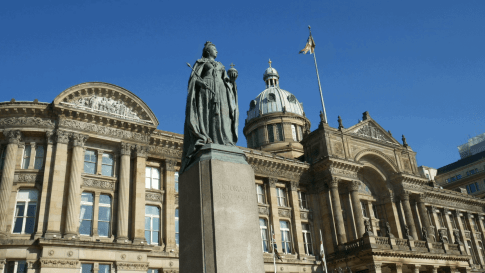
Queen Victoria's Britain: The Definitive Guide for Travellers
Article for educational small group tours of England for senior couples and mature single travellers. Queen Victoria, Britain's longest serving monarch through most of the Industrial revolution and rural life and the Empire is discussed in this article.




